Table of Contents
Introduction
Sleep is not a luxury—it's a neurological necessity. Yet in our hyperconnected, overstimulated world, restful sleep has become elusive for millions. As insomnia rates rise, so does interest in natural remedies, including the mindful use of vaporized herbs. But while many users focus on which plant to inhale, few recognize the crucial role of temperature.
The temperature at which you vaporize can determine not only the flavor and comfort of your experience, but also which active compounds are released and how effectively they interact with your nervous system. This article explores the science behind vaporizing for sleep—from herbal chemistry and neurobiology to ideal device features and nightly rituals. Supported by peer-reviewed studies and seasoned practice, this is your definitive guide to vaporizing with purpose—and precision.
Why Temperature Matters for Sleep
Vaporization works by heating plant matter just enough to release its active components as a breathable vapor. Unlike combustion, which burns all compounds indiscriminately, vaporizing allows you to control which molecules you inhale based on their boiling points.
Each compound—whether it’s a calming terpene or a sleep-inducing flavonoid—has a specific activation range. Set your temperature too low, and you’ll miss out on those molecules. Too high, and you risk irritation or destroying delicate constituents.
For sleep, this matters immensely. Compounds that affect GABAergic signaling, reduce cortisol levels, or promote melatonin synthesis all become available only at particular temperatures. Precision isn’t just a luxury—it’s the key to unlocking the plant’s full potential for restorative rest.
Key Compounds and Their Effects
Understanding which compounds support sleep helps you build a vaporizing strategy rooted in biochemistry—not guesswork. Below are some of the most relevant molecules for evening use:
- Linalool – Found in lavender and cannabis. A terpene with anxiolytic and sedative effects. PubMed Study
- Apigenin – The main flavonoid in chamomile. Binds to benzodiazepine receptors and reduces sleep latency. NCBI Article
- Myrcene – Common in hops and lemon balm. Acts as a muscle relaxant and enhances the effect of other sedatives. PubMed Source
- CBD – Cannabidiol can improve sleep quality and reduce anxiety. CBD Sleep Study
- Citral – Found in lemon balm. Has calming and mildly hypnotic effects at higher doses. PubMed Study
These compounds are highly temperature-sensitive. Knowing their vaporization thresholds enables smarter herb pairing and temperature targeting—topics we’ll cover next.
Best Herbs to Vaporize for Sleep
Some herbs have a long tradition in herbal medicine for promoting rest and relaxation. When vaporized at the right temperature, their effects become even more immediate and effective. Here are the top botanicals worth considering for evening use:
1. Chamomile (Matricaria chamomilla)
Chamomile contains apigenin, which binds to benzodiazepine receptors. Vaporize at 190–200°C to access its full sedative potential.
2. Lavender (Lavandula angustifolia)
Lavender is rich in linalool, a terpene with well-documented anxiolytic effects. Vaporize at 125–135°C for aromatic, non-sedating relaxation.
3. Hops (Humulus lupulus)
Hops are not just for beer—they contain myrcene and humulene, known to induce drowsiness. Vaporize at 150–170°C for nighttime support.
4. Lemon Balm (Melissa officinalis)
This herb enhances GABA and serotonin transmission, reducing stress and tension. Vaporize between 140–160°C to preserve its delicate components.
5. Passionflower (Passiflora incarnata)
Passionflower boosts GABA activity and calms the nervous system. Vaporize at 140–160°C for smooth onset and mild sedation.
6. Blue Lotus (Nymphaea caerulea)
This mystical flower has been used since Ancient Egypt for its relaxing, mildly euphoric effects. It contains aporphine and nuciferine, best released between 180–200°C. Read our in-depth blog on Blue Lotus.
7. CBD-Rich Hemp
High-CBD strains help reduce anxiety, balance mood, and support the sleep-wake cycle. Vaporize at 160–180°C for optimal effect.
Ideal Temperature Ranges
Use the following ranges to tailor your sessions based on your preferred herb and desired effect:
| Temperature | Effect | Recommended Herbs |
|---|---|---|
| 125–140°C | Mild relaxation, aromatics | Lavender |
| 140–160°C | Calming, GABA support | Lemon Balm, Passionflower |
| 160–180°C | Relaxation, CBD activation | CBD Hemp, Blue Lotus |
| 180–200°C | Sedation, deeper calm | Chamomile, Hops |
Some users start low and increase temperature gradually during the session to activate compounds in phases. For example: 160°C for CBD, then 190°C for apigenin and deeper sedation.
Scientific Research and Evidence
Recent studies support the use of several herbs for improving sleep—particularly when inhaled or vaporized in controlled environments. Here’s what the science says:
- Chamomile: A randomized controlled trial confirmed that chamomile significantly reduced sleep latency and nighttime awakenings. PubMed Study
- Lavender: Inhalation of lavender oil was shown to improve sleep quality in ICU patients and reduce anxiety in dental settings. PubMed Study
- CBD: A clinical review from 2019 found that CBD can reduce anxiety and improve sleep in the first month of treatment. NIH Review
- Hops & Valerian: Combined use of hops and valerian root was found to improve subjective sleep quality. PubMed Research
These findings affirm that vaporizing the right herb at the right temperature can deliver real, measurable improvements in sleep quality and stress response.
Choosing the Right Vaporizer
Your vaporizer shouldn’t just deliver active compounds—it should support your entire evening environment. Here’s what to look for:
- Silent operation: Avoid anything with fans or beeping buttons. Flame-powered devices are ideal.
- Quick heat-up time: Less waiting, more relaxing. Aim for under 15 seconds.
- Minimal lights/screens: Blue light suppresses melatonin. Choose analog or low-light designs.
- Temperature precision: Whether digital or intuitive, exact control over vaporizing range is essential.
- Clean air path: Stainless steel, glass, and wood are preferred. Avoid plastic and glue.
Two vaporizers that meet all these criteria are the Vapman and the Lotus. Both use external heat sources, offer complete control over vaporizing temperature, and are crafted from safe, natural materials. Their silence and simplicity make them perfect for a bedtime ritual.
Creating a Sleep-Friendly Ritual
Vaporizing herbs can become a deeply relaxing ritual when approached with intention. Here's how to set the tone for rest:
1. Prepare Your Environment
Turn off overhead lighting. Use candles, soft instrumental music, or ambient forest sounds to help shift your nervous system out of “go mode.”
2. Choose and Load Your Herbs
Pick one or two herbs based on your needs—lavender for calm, chamomile for sedation, lemon balm for emotional ease. Grind fresh, load sparingly, and use an herb jar to preserve potency.
3. Inhale Mindfully
Take slow, deep pulls. Hold briefly. Exhale fully. Don’t rush. Let each breath settle the body. Wait 1–2 minutes between draws.
4. Pair with Gentle Activities
Combine vaporizing with journaling, reading poetry, or sipping warm herbal tea. Over time, this consistency becomes an internal sleep cue.
5. Transition into Stillness
After your last inhale, turn off all lights and lay still. Allow your breath to slow. Let the plant do its work without resistance.
Precautions and Interactions
Even natural remedies should be approached with mindfulness—especially when inhaled. Keep these guidelines in mind:
- Source herbs responsibly: Only use organic, lab-tested herbs. Avoid anything treated with pesticides or mold-prone.
- Beware of interactions: Herbs like hops or passionflower can amplify sedatives. Consult your doctor if you’re taking sleep medications, antidepressants, or benzodiazepines.
- Avoid stimulating herbs at night: Peppermint, rosemary, or mate may increase alertness if used too late.
- Don’t overdo it: More vapor doesn’t equal better sleep. Use the minimum effective amount and give your body time to respond.
- Store herbs in airtight containers: Light and oxygen degrade potency. Use dark jars or specialized storage like the Essence Jar.
Conclusion
Sleep is not something to chase. It’s something to invite. When you align your evening routine with natural plant allies, temperature precision, and inner quiet—your entire physiology follows.
Vaporizing calming herbs like lavender, chamomile, lemon balm, or CBD-rich hemp allows for fast, gentle relaxation without dependency or grogginess. But the key is knowing how to use heat with care. This is where intention meets information.
Tools like the Vapman and Lotus give you that control—quietly, cleanly, and with a ritualistic edge that supports not just your breath, but your whole being.
Sleep better. Inhale smarter. And as always: inhale the future.
About the Author

Michael, Founder & CEO of INHALE Vaporizers
Driven by a passion for clean, mindful vaporization, Michael leads INHALE in crafting elegant and sustainable tools like the Vapman and Lotus. With a deep focus on function, ritual, and natural wellness, INHALE helps people reconnect with the power of plants—one breath at a time.
📩 support@nowinhale.com | Contact us





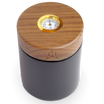
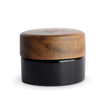


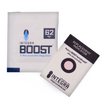


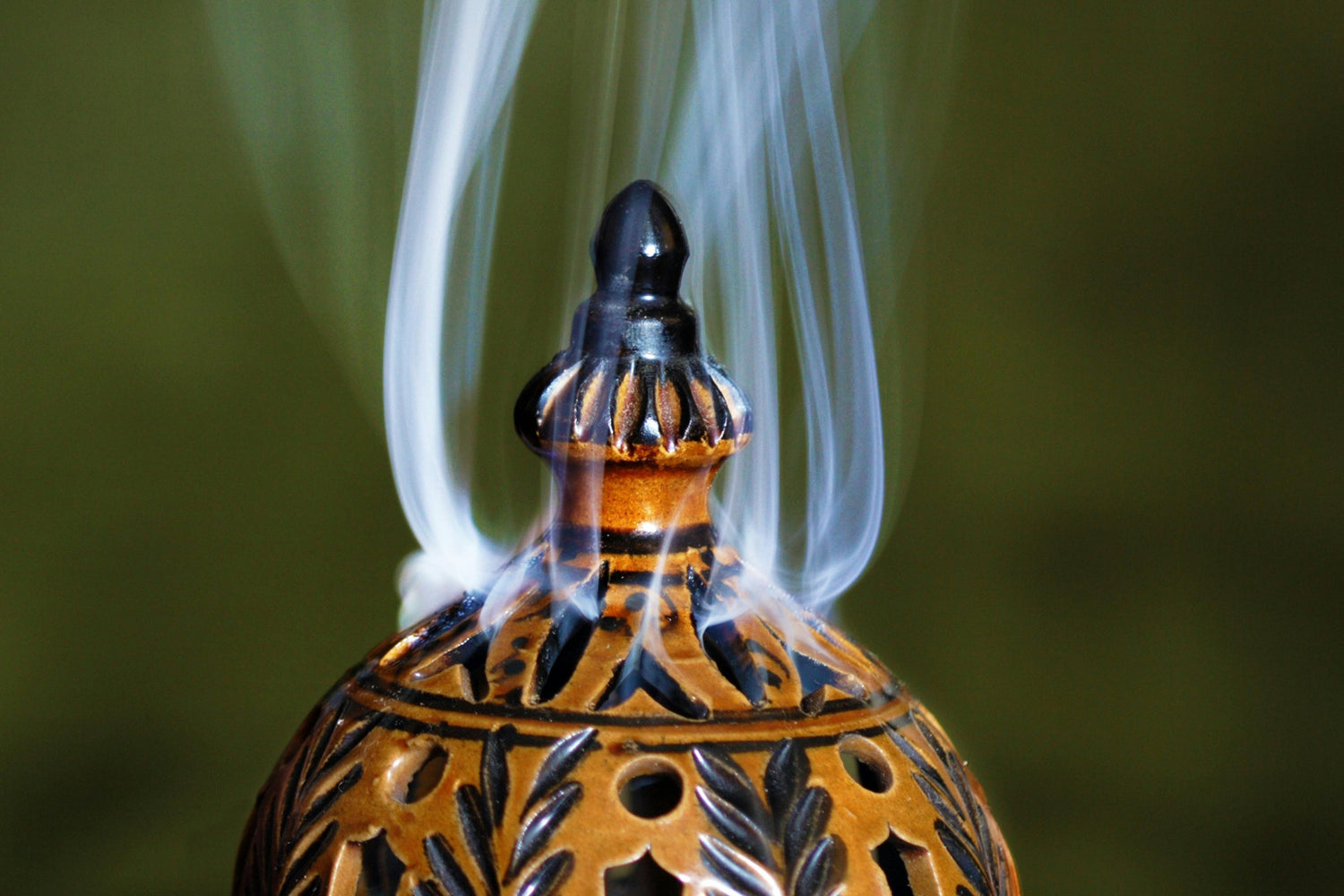
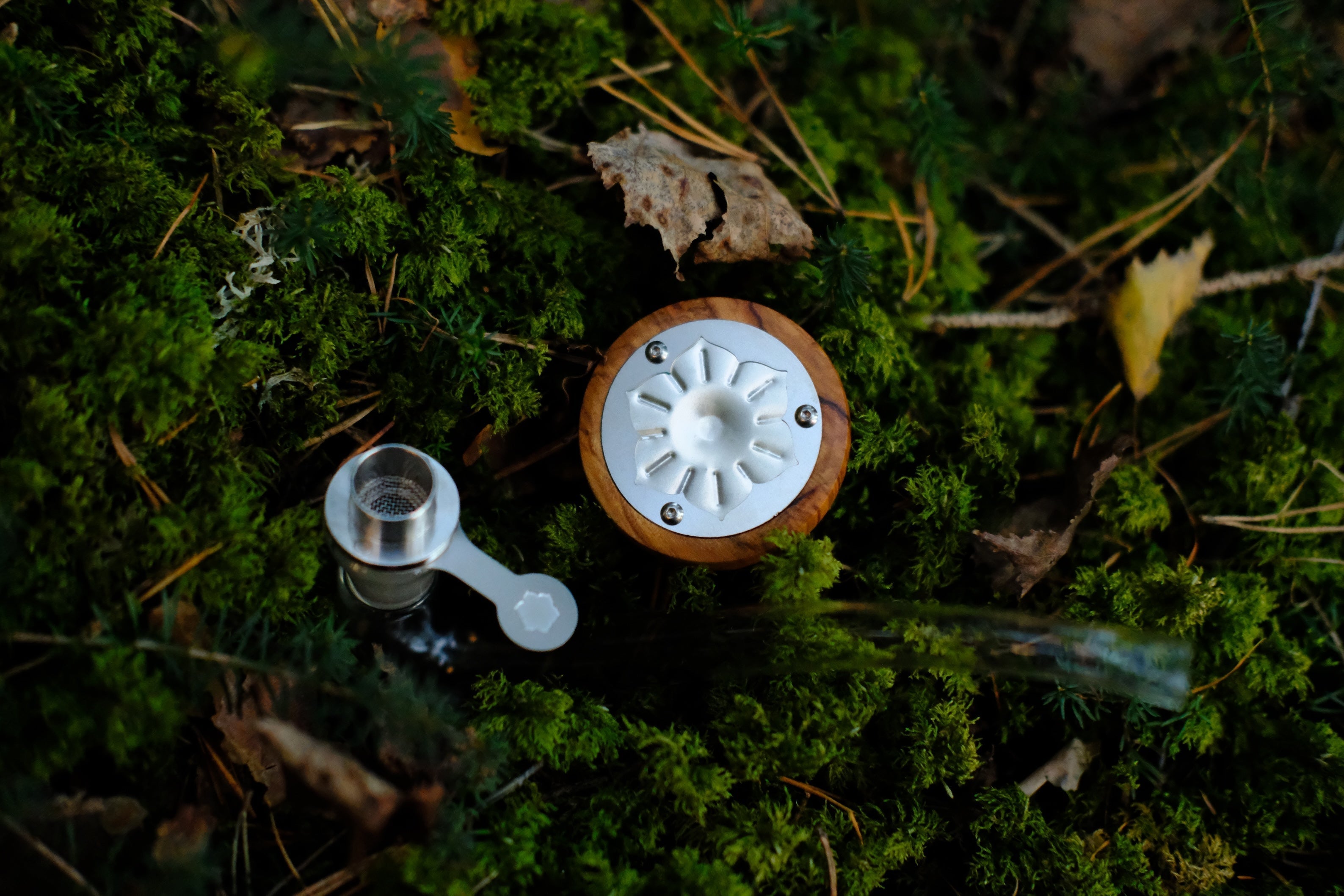
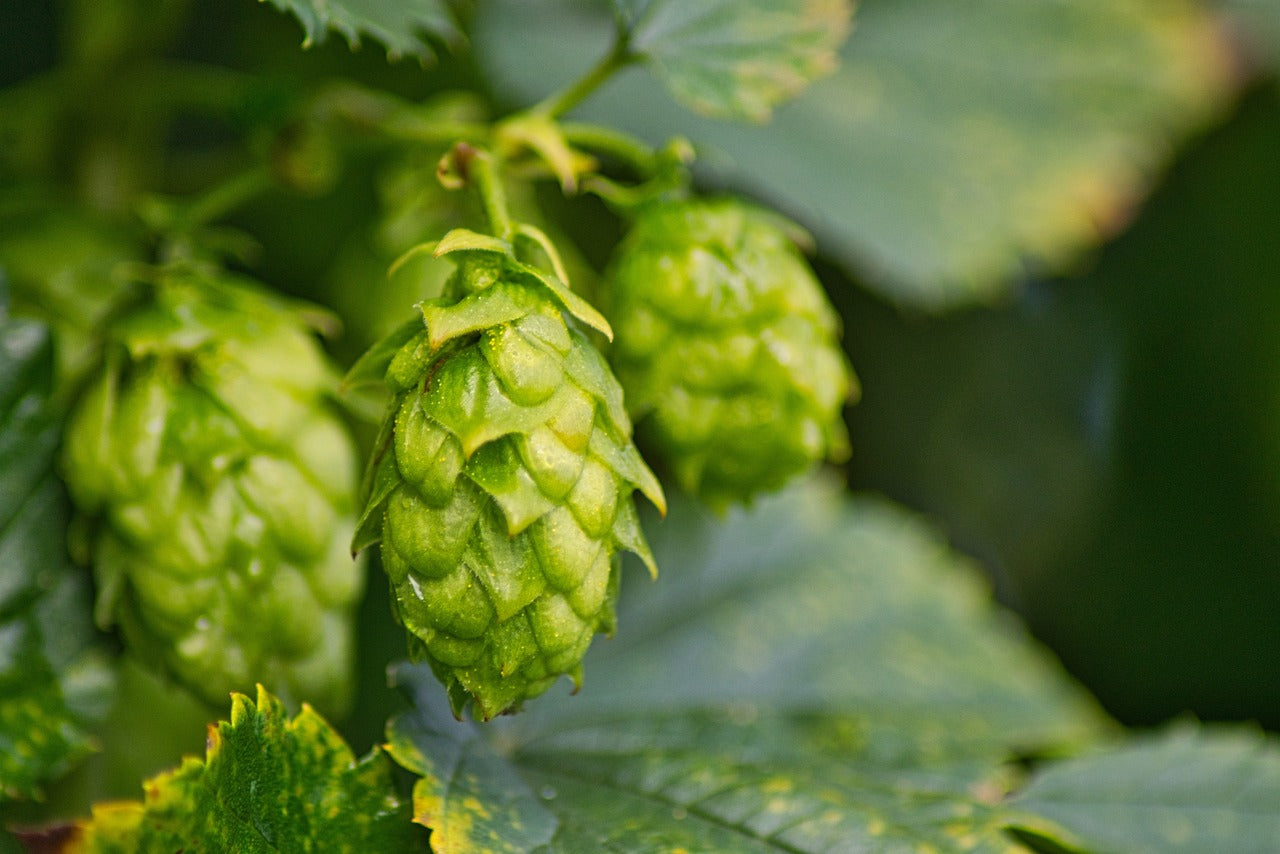


Leave a comment
All comments are moderated before being published.
This site is protected by hCaptcha and the hCaptcha Privacy Policy and Terms of Service apply.